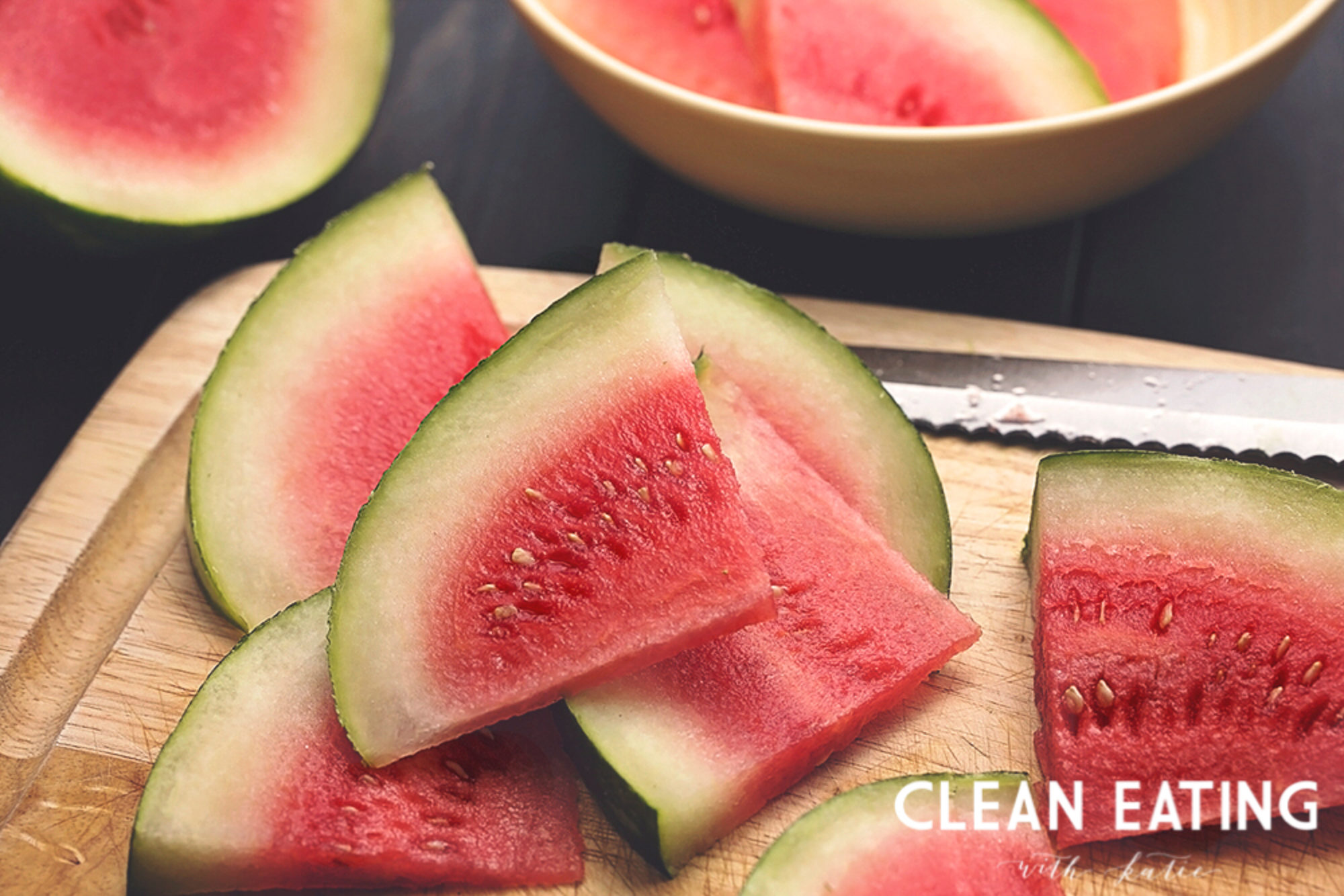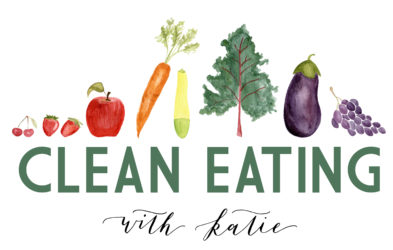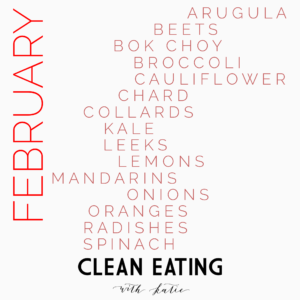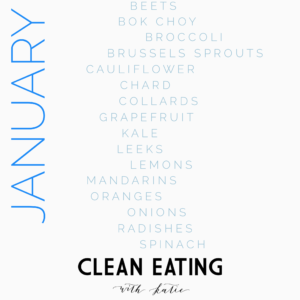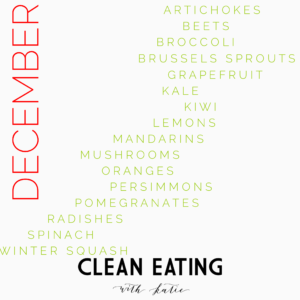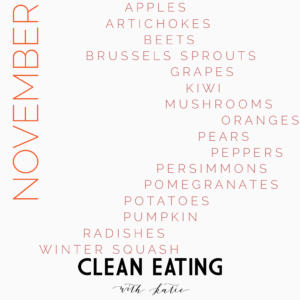Radishes more of a versatile vegetable than I had originally thought. Rewind to a few years back, and I only included raw radishes in salads or possibly in taco truck tacos. Nowadays I like them pickled and ROASTED! To roast radishes: simply top and tail the radishes and then cut in half (if using the cherry belle or french breakfast varieties; cut into smaller one inch cubes if using larger varieties). Add the radishes to a roasting pan with some grass-fed butter and sea salt. Bake at 350 degrees until a knife easily pierces. They taste just like POTATOES!!!!! This is perfect for those avoiding nightshades or white carbs! Jennifer Tyler Lee recommends pickling radishes or wilting the greens and flash sautéing the radishes. Radishes are also quite easy to grow and mature very quickly.
Food Facts:
- A member of the cruciferous veggie family.
- Depending on the variety, some are very mild, while others are very spicy.
- Several varieties grow in the spring (smaller, round or oval shape, crisp white flesh, less pungent), while others grow in the summer/fall/winter (larger, more fibrous, more pungent flavor, take twice as long to grow).
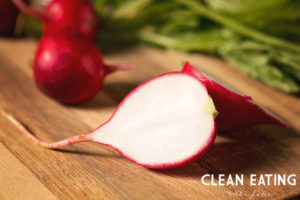 Radish greens are edible and have significantly more vitamin C than the roots and more calcium as well.
Radish greens are edible and have significantly more vitamin C than the roots and more calcium as well.- Radishes are a good source of vitamin C.
- Red Globe radishes are a good source of molybdenum, folic acid, and potassium.
- Daikon radishes are a good source of copper and potassium.
- Believed to be cancer-protective.
- Supports healthy liver and gallbladder function and can improve digestion.
- Have been used in India as a diuretic, expectorant, laxative, and to treat gastric discomfort.
- Cooking diminishes the vitamin C content (raw is the way to go! – unless of course you have radishes coming out your ears and you’re bored with raw radishes).
From The 52 New Foods Challenge: A Family Cooking Adventure for Each Week of the Year, with 150 Recipes by Jennifer Tyler Lee and Encyclopedia of Healing Foods
by Michael Murray, Joseph Pizzorno, and Lara Pizzorno.
